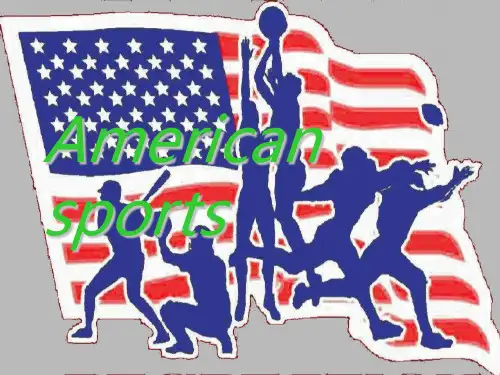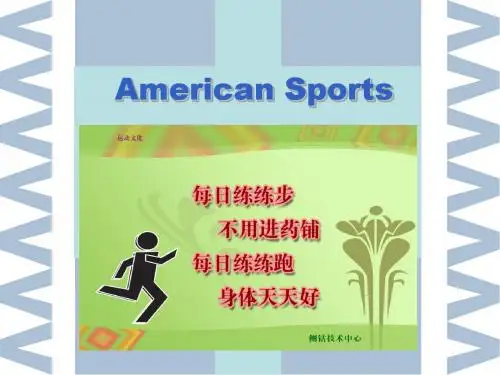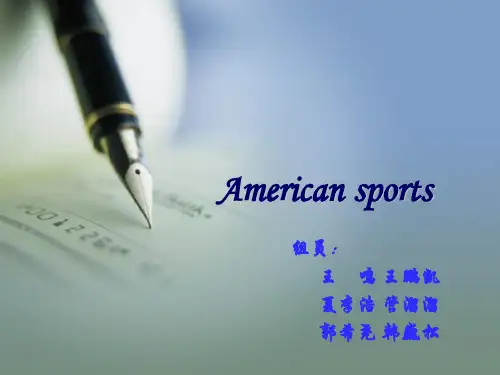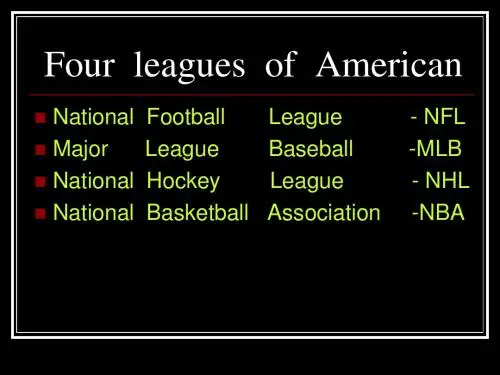games were played only once a week, a football stadium had to accommodate many paying customers, so they were quite large. The largest stadium today is the Pontiac Silverdome 庞蒂亚克银顶体育 场 in Michigan with a capacity of a little over 80,000 seats, and the smallest is the Oakland Coliseum奥克 兰柯立希姆体育场in California seating just 50,000 people.
cheerleader
Cheerleading is a physical activity, sometimes a competitive sport, based on organized routines, usually ranging from one to three minutes, which contain the components of tumbling翻跟头, dance, jumps, cheers, and stunting特技表演 to direct spectators of events to cheer on sports teams at games or to participate in competitions. The athlete involved is called a cheerleader.
Origin of cheerleading
Princeton graduate Thomas Peebles introduced the idea of organized crowds cheering at football games to the University of Minnesota明尼苏达大学. However, it was not until 1898 that University of Minnesota student Johnny Campbell directed a crowd in cheering “Rah, Rah, Rah! Ski-u-mah, Hoo-Rah! Hoo-Rah! Varsity! Varsity! Varsity, Minn-e-So-Tah!”, making Campbell the very first cheerleader and November 2, 1898 the official birth date of organized cheerleading. Soon after, the University of Minnesota organized a “yell leader” squad of 6 male students, who still use Campbell„s original cheer. In 1903 the first cheerleading fraternity兄弟会, Gamma Sigma was founded. Cheerleading started out as an all-male activity, but females began participating in 1923, due to limited availability of female collegiate sports and men being drafted for war.










